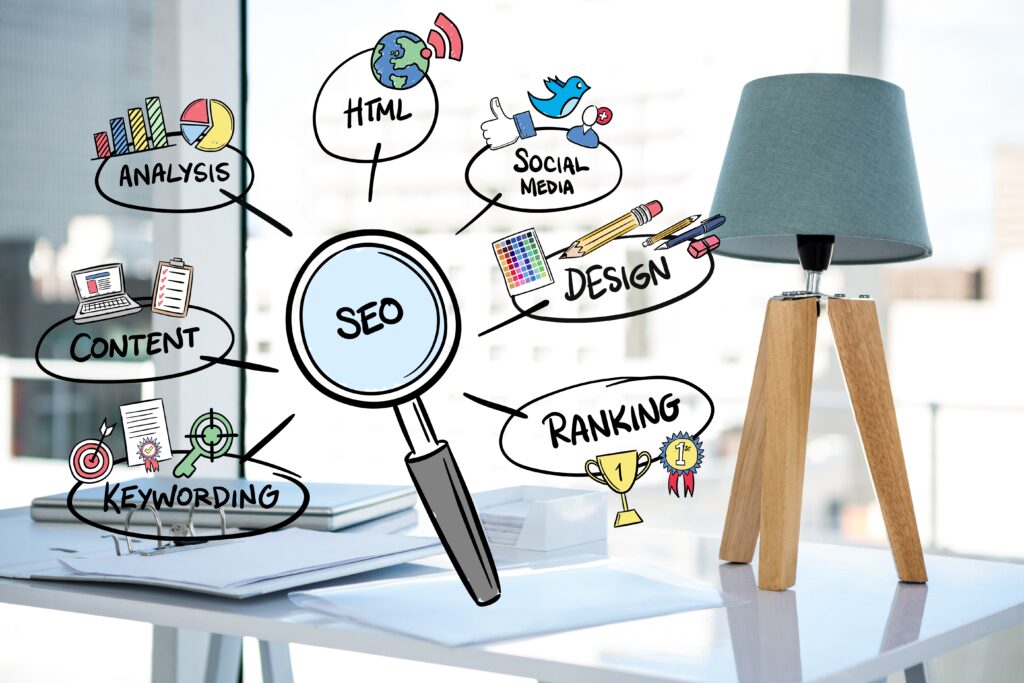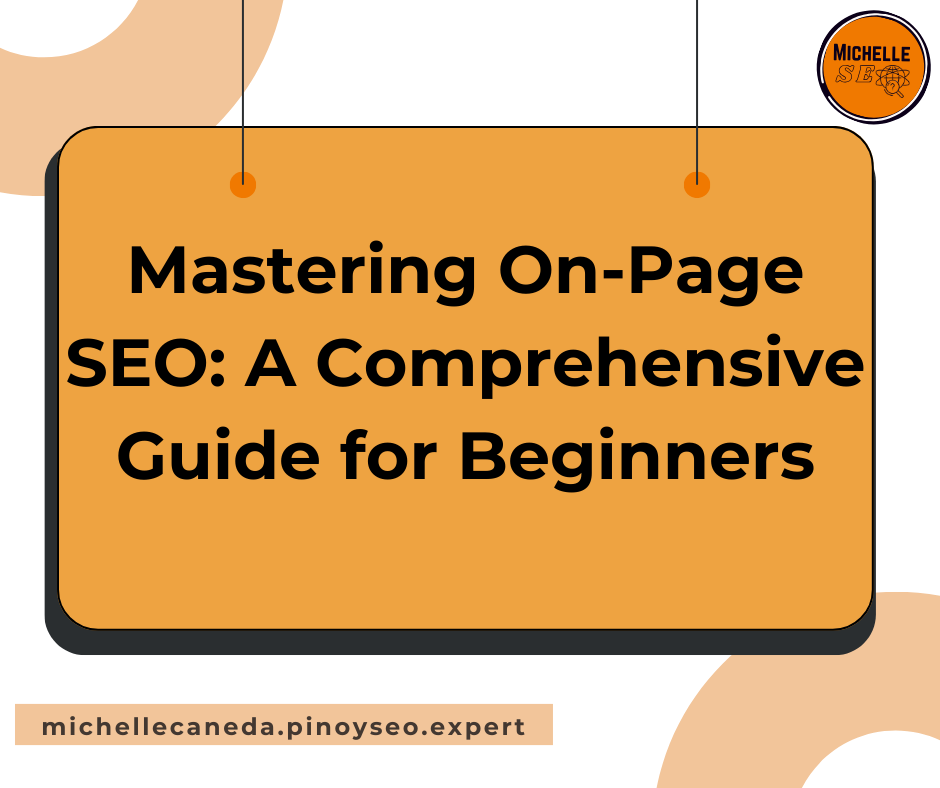On-page SEO is the practice of optimizing individual web pages to rank higher and earn more relevant traffic in search engines. It involves improving the content, structure, and technical aspects of your pages to match the search intent of your target audience. In this comprehensive guide, you will learn the basics of on-page SEO and how to apply it to your own website.
What is On-Page SEO?
On-page SEO refers to the elements of a web page that can be controlled by the website owner or editor.
These include:

Content: The quality, relevance, and usefulness of the information on your page. Content is the most important factor for on-page SEO, as it determines whether your page can satisfy the user’s query and provide a positive user experience.
Keywords: The words and phrases that users type into search engines to find what they are looking for. Keywords help search engines understand what your page is about and match it to relevant queries. You should use keywords strategically in your content, title, headings, URL, meta tags, and image alt text.
Title tag: The HTML element that defines the title of your page. It appears as the clickable headline in the search engine results pages (SERPs) and as the text in the browser tab. Your title tag should be concise, descriptive, and include your main keyword.
Meta description: The HTML element that provides a brief summary of your page. It appears below the title tag in the SERPs and helps users decide whether to click on your page or not. Your meta description should be compelling, informative, and include your main keyword.
Headings: The HTML elements that divide your content into sections and sub-sections. They help users and search engines scan and understand your content better. You should use headings (H1-H6) hierarchically and include keywords in them.
URL: The address of your web page. It should be descriptive, readable, and include your main keyword.
Images: The visual elements that enhance your content and make it more engaging. Images can also help you rank for image search and drive more traffic to your site. You should optimize your images by using relevant file names, reducing file size, adding alt text, and using captions.
Internal links: The links that point from one page on your website to another page on the same website. They help users navigate your site and find more information on related topics. They also help search engines crawl and index your site better and distribute link authority among your pages.
External links: The links that point from your website to other websites. They help users find more resources on related topics and add credibility to your content. They also help search engines evaluate the quality and relevance of your site by looking at the sites you link to.
Site speed: The time it takes for your web page to load completely. Site speed affects user experience, bounce rate, conversion rate, and SEO ranking. You should optimize your site speed by using a fast hosting service, compressing images, minifying code, caching pages, and using a content delivery network (CDN).
Mobile-friendliness: The ability of your web page to adapt to different screen sizes and devices. Mobile-friendliness affects user experience, engagement, retention, and SEO ranking. You should make your site mobile-friendly by using a responsive design, avoiding pop-ups, using legible fonts, and optimizing images.
On-page SEO is an ongoing process that requires constant monitoring, testing, and updating. You should always keep an eye on your analytics, rankings, traffic, and conversions to measure the performance of your pages and identify areas for improvement. You should also keep up with the latest trends and algorithm changes in search engines to stay ahead of the curve and maintain your competitive edge.
On-page SEO is a vital part of any SEO strategy. It helps you rank higher in search engines, provide a better user experience, and gain a competitive edge. By following the steps outlined in this guide, you can master the basics of on-page SEO and apply it to your own website. Remember that on-page SEO is not a one-time thing, but a continuous process that requires constant optimization and adaptation. If you need help with on-page SEO or any other aspect of digital marketing, feel free to contact us today. We are a team of experts who can help you grow your online presence and achieve your business goals.

